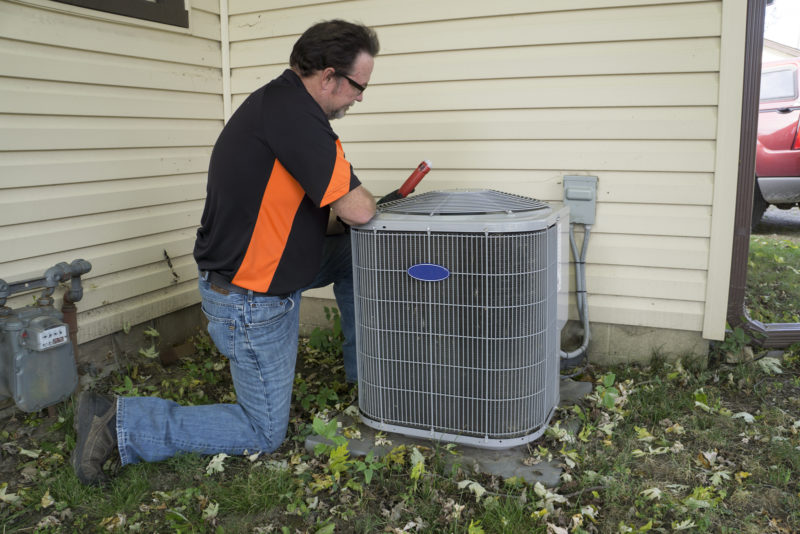Unfortunately, in Orlando, Florida, hurricanes, storms, and flooding are a concern for homeowners. You know to protect your home and windows, but don’t forget about your HVAC system. It’s important to protect your system before a storm, but there are steps to take after if your HVAC system is damaged from flooding.
Preventing Storm and Flooding Damage
Although you can’t always help it, preventing flood damage will save you a lot of time and money than having to fix damage after the fact. If you know a big storm is coming, try not to use your HVAC system. An electrical surge during a storm could completely ruin your HVAC system if it’s plugged in or running. You may also want to invest in a surge protector for your home.
If you live in a flood zone, have your outdoor unit installed on an elevated platform. Try not to install your unit directly underneath any trees, since falling debris from a storm can potentially damage your unit. If you expect a big hurricane or flood, consider buying a cover for your unit. Although it likely won’t help if there are high waters and flooding, it can protect from heavy rains and damage from debris.
First Steps After a Flood
Once it is safe to do so, the first thing you should do after a flood is conduct a visual inspection of the damage. Don’t try to turn on your HVAC system if you’ve experienced flooding, even if you think the electricity is still working. Check for any physical damage, debris in your unit, and flooding damage to your unit.
Again, it is important that you do not try to turn your HVAC system on, especially if you see any significant electrical damage like loose or damaged wires that are exposed. If your system has been submerged in water, call your HVAC contractor immediately.
The Next Steps
Although the electrical damage is the most pressing concern for your system, unfortunately, there can be other lasting effects from a flood. Due to the damp environment, mold is one of the most common dangers after a flood. You need to take steps to prevent mold growth inside your system and ducts. Have your outdoor unit serviced after a flood to make sure it’s dried out completely.
If you have a central HVAC system, have your ducts checked and cleaned to make sure there isn’t any excess water or mold that gets blown into your ducts and starts to grow. If you have standing water in your home, consider mold remediation to head it off early. Mold is dangerous to your air quality and is difficult to get rid of once you have it, so make sure to combat it soon if your home is at risk.
The Silver Linings
Flood damage is always going to be a pain. There are some small silver linings if you have damage to your HVAC system. If you need to replace your system, you might be able to use the insurance money to upgrade it to a higher-efficiency system. These systems will save you money on your monthly utility bill. If your system was aging before the flood, these savings could be significant.
If you didn’t pick your original system it also gives you the opportunity to choose something better suited for your home. Maybe you have a traditional system, but a heat pump would be a better option for your home. Perhaps your system was undersized, lacked regular maintenance, or had a lower SEER rating than what is recommended.
Finally, a new system can increase your home’s resale value. Most home buyers don’t want to invest a lot of money into a home right after they buy it — especially not for an HVAC system. Buyers also covet homes with energy-efficient upgrades. If you have a new HVAC system, you increase your home’s value and could help it sell faster than it would with an old, outdated system.
If you have flooding concerns or you’ve recently experienced flooding damage, we are here to help. Contact E.C. Waters Air Conditioning & Heat at (407) 603-9144 to schedule an appointment with an experienced professional today.
Image provided by Bigstock





